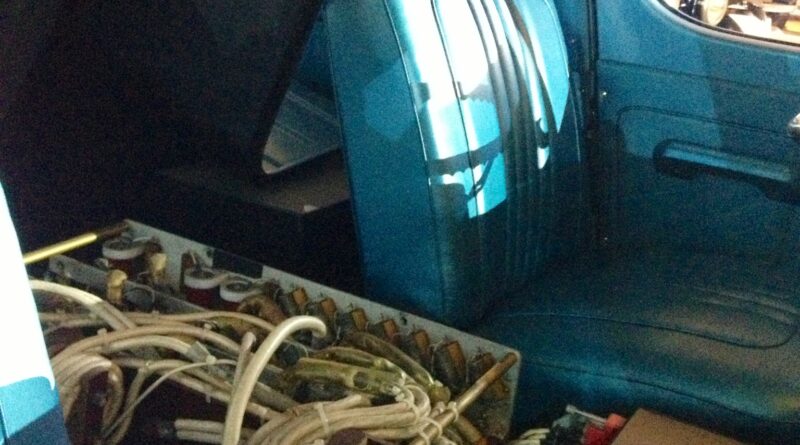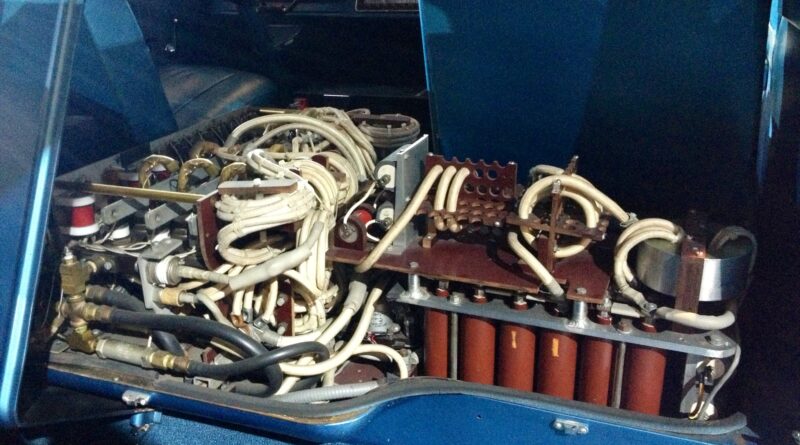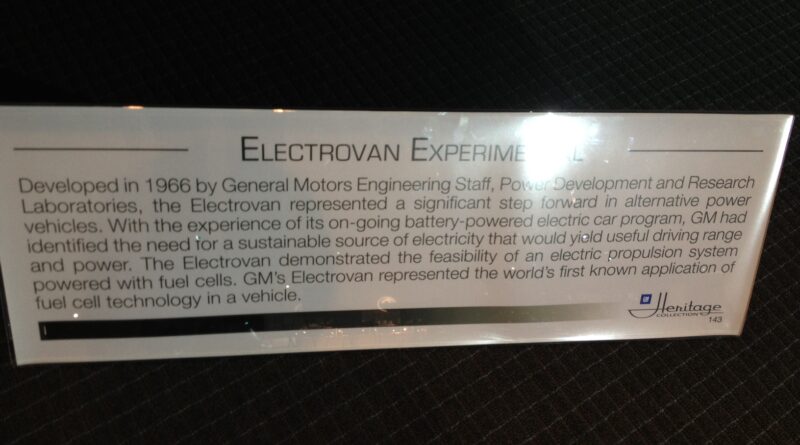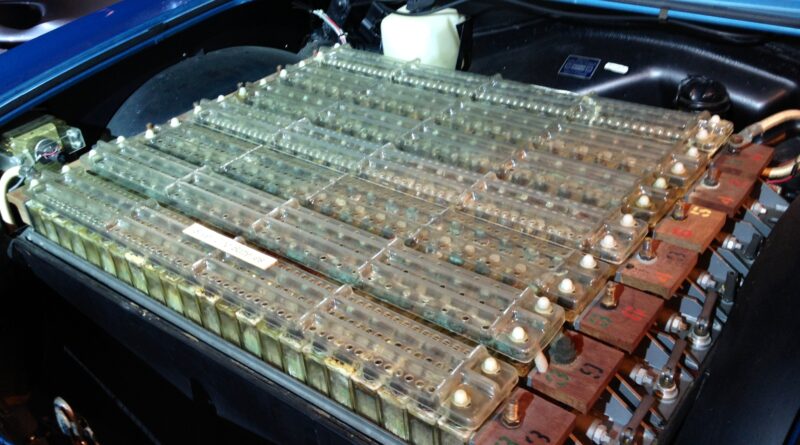1966: Back To The Future Of Fuel Cell And Electric Vehicles (CT Exclusive)
Hydrogen fuel cell and electric vehicles are widely considered the future of clean transportation today, and while we’re all familiar with the Nissan Leaf and Chevy Volt now, did you know a major automaker built EV and fuel cell vehicles back in 1966?
I got a chance to go back to the future and check out the ancestors of today’s cutting-edge alternative fueled vehicles in person during a tour of the General Motors Heritage Center.
The Heritage Center, located outside Detroit in a nondescript office park, is a collection of 600 GM cars and trucks dating back 100 years – including the 1966 Electrovan and Electrovair II.

(Full disclosure — while GM sponsored my trip to tour the facility, it had no involvement in the editorial process of this post)
 Chip in a few dollars a month to help support independent cleantech coverage that helps to accelerate the cleantech revolution!
Chip in a few dollars a month to help support independent cleantech coverage that helps to accelerate the cleantech revolution!
Fuel Cell And Electric Vehicles In GM’s Car Museum
As part of my trip to Michigan for GM’s Global Battery Systems Laboratory expansion, I toured the Heritage Center and saw hundreds of cars on display – everything from a 1912 Cadillac with the first electric starter to the 2007 Chevy Tahoe that won DARPA’s autonomous vehicle contest.
While I was most interested in seeing the two 1966 alternative-fueled vehicles displayed in the center of the showroom, I couldn’t help thinking how ironic it was that some of the same hurdles that prevented these two cars from entering production over 50 years ago still vex automakers today.
GM Electrovan Fuel Cell Vehicle
The 1966 Electrovan was the first hydrogen fuel cell car ever produced. It was a modified 1966 GM Handivan, developed by a staff of 250 over two years. The vehicle was powered by a 5-kilowatt fuel cell built by Union Carbide, with 550 feet of plastic piping connecting 32 fuel cell modules. The cell is massive, with an electrolyte weighing 550 pounds, and it turned an eight passenger van into one that could barely fit two people.
Electrovan’s fuel cell supplied a continuous output of 32 kilowatts, maximum output of 160 kilowatts, and was rated at 1,000 hours of use. The vehicle topped out at 70 miles per hour with a range of 150 miles, and went from 0-60 in 30 seconds. While the project was completed and Electrovan drove numerous trips, GM’s engineers had safety concerns about the fuel cell’s stability and limited trips to company property. High production costs meant it never entered production, but Electrovan demonstrated fuel cell technology could work in vehicles.
GM Electrovair II Electric Vehicle
GM’s Electrovair II was the company’s second attempt at a working electric vehicle, and was a modified 1966 Corvair Monza sport sedan. The car’s power source was 532-volt silver zinc battery pack built into the car’s front and rear compartments, and connected to a 115-horsepower AC-induction motor for a top speed of 80 mph.
We’re used to hearing about lithium-ion batteries in today’s EVs, but silver zinc was used because it delivered high peak power and good energy storage while only adding 800 pounds of additional weight. By comparison, conventional lead acid batteries available at the time would have added 2,600 more pounds – the same weight as a standard Corvair!
Unfortunately, like the Electrovan, Electrovair II never made it past the experimental phase. The car’s battery provided between 40-80 miles of range, depending on how fast it was driven, but the battery wore out after 100 recharges.
Have a tip for CleanTechnica? Want to advertise? Want to suggest a guest for our CleanTech Talk podcast? Contact us here.
Latest CleanTechnica.TV Video

CleanTechnica uses affiliate links. See our policy here.











